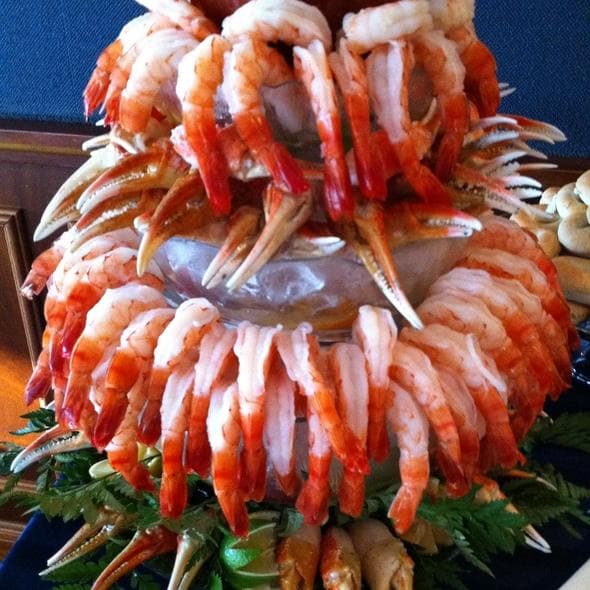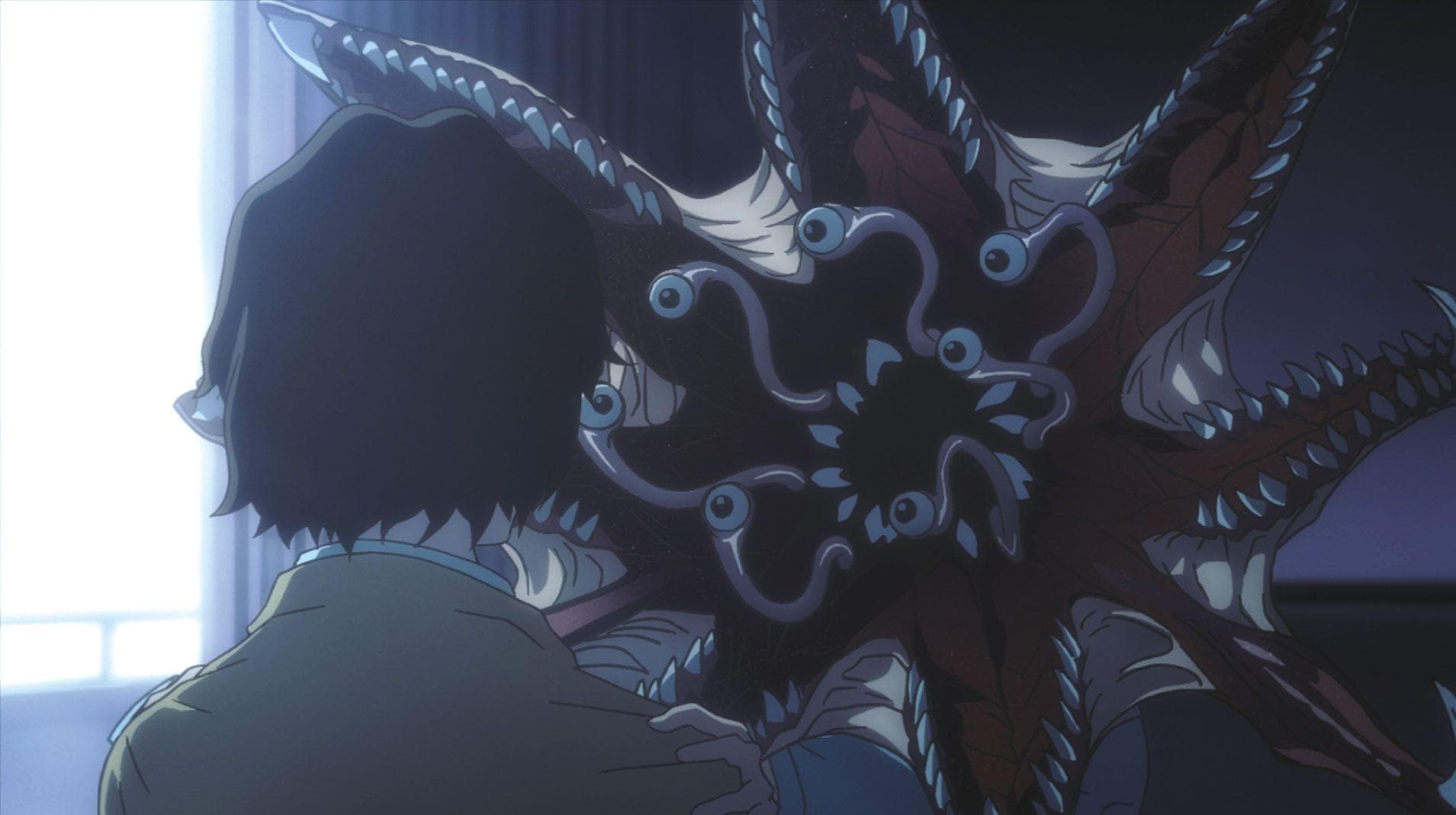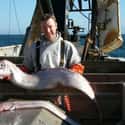-
(#6) The Oarfish AKA The Sea Serpent
Japanese folklore became a reality in 2001 after a group of unsuspecting U.S. Navy officers filmed what is now known as an oarfish when it washed up on the San Diego coastline. It was the first footage ever captured of this creature alive - though it died shortly after. The existence of this mesmerizing maritime wonder was known, but its tendency to hang out 3,000 feet or so beneath the surface made it nearly impossible to film or study.
Many scientists and historians believe the oarfish is actually what some thought to be a legendary sea serpent.
-
(#1) The Vampire Squid
What could be more horrific than an encounter with one of the giant squids of folklore only to find out they’re real and highly carnivorous? If that sent a chill down your spine, hopefully, you never meet a vampire squid. This newly-discovered member of the squid family is not only gigantic, but also has mucus-secreting suckers to help package its food. Its scientific name - Vampyroteuthis infernalis - literally translates to vampire squid from hell in English.
The sheer depth at which these creatures dwell has long made it nearly impossible to find, much less photograph. That is until deep sea specialists traveled 3,000 feet beneath the ocean's surface and captured the creature on film in 2005. The photographs suggest this squid exhibits regenerative traits and can appear invisible in the depths of the sea.
Further studies led to an even more astonishing find. Unlike other types of squid, this creature is not an aggressive predator, but rather, is a scavenger feeding on readily available food.
-
(#3) The Glow-In-The-Dark Turtle
In 2015, scientists photographed a glow-in-the-dark turtle. This miraculous maritime monster continues to astound the scientific community with its biofluorescence - a light-reflecting ability that causes a glow-in-the-dark effect. One of the main reasons this sea creature went undiscovered for so long is because it is critically endangered.
These turtles serve as a reminder of the negative impacts of human-related interference in the natural balance of the world's oceans.
-
(#9) Deepstaria Reticulum
Scientists didn't reach ocean depths of 5,000 feet until 2012 - an ability necessary to film the colossal deepstaria reticulum (better known as the giant jellyfish). The creature was revealed to the world through a study by noted English marine biologist Sir Frederick Stratten Russel. Because of its terrifying, faceless appearance, it took scientists a great deal of time to figure out exactly it was in the first place.
Little is known about the lifestyle of this strange ocean monster, but with this footage, scientists are hoping to learn more.
-
(#2) Giant Squid
The giant squid is one of the most elusive creatures known to humankind. Once believed to be a myth conjured up by fishermen and pirates, modern scientists uncovered evidence suggesting the giant squid does exist. A natural predator with a sharp tongue to easily shred its prey, it is one of the few sea creatures to exhibit cannibalistic traits. In other words, given the right moment, a squid will eat one of its kind.
The very first live image of the giant squid was captured in 2002 in Japan. Afterward, the National Science Museum of Japan displayed images of a live giant squid in its natural habitat. The squid spanned 26 feet in length - 18 of which were tentacles. Since then, giant squid have been captured on video by other organizations, giving more insight into these massive creatures, which live in virtually every ocean in the world.
The famed initial photograph of this animal that now adorns the walls of science museums was the result of two years of labor and 500 snapshots. From the photos, scientists gathered information related to how they hunt for and devour prey. Previously thought to be docile, gentle giants, drifting through the ocean on a whim and eating anything floating past, it is now evident these creatures are every bit as aggressive as their well-deserved reputation stated.
-
(#10) Pacific Barreleye
This marvelous sea creature and its transparent head weigh heavily on the minds of marine biologists. Initially photographed by the Monterey Bay Aquarium Research Institute in 2009, scientists have learned this creature's eyes function as rotating telescopes, allowing them to see from angles never before thought possible.
New Random Displays Display All By Ranking
About This Tool
We all know that the sea is vast and deep. A study pointed out that humans only explored 5% of sea creatures, and the last 95% of sea creatures are temporarily unknown. It is possible that the water monster in the legendary lives on the deep seabed. Reports about maritime monsters are more frequent all over the world, and many people have also photographed strange, mysterious, and unexplainable creatures.
These random 11 new photos of maritime monsters can be the best evidence that proves there are more interesting creatures in the beautiful and mysterious sea world waiting for exploration. The random tool could help you to know more interesting topics here.
Our data comes from Ranker, If you want to participate in the ranking of items displayed on this page, please click here.
















